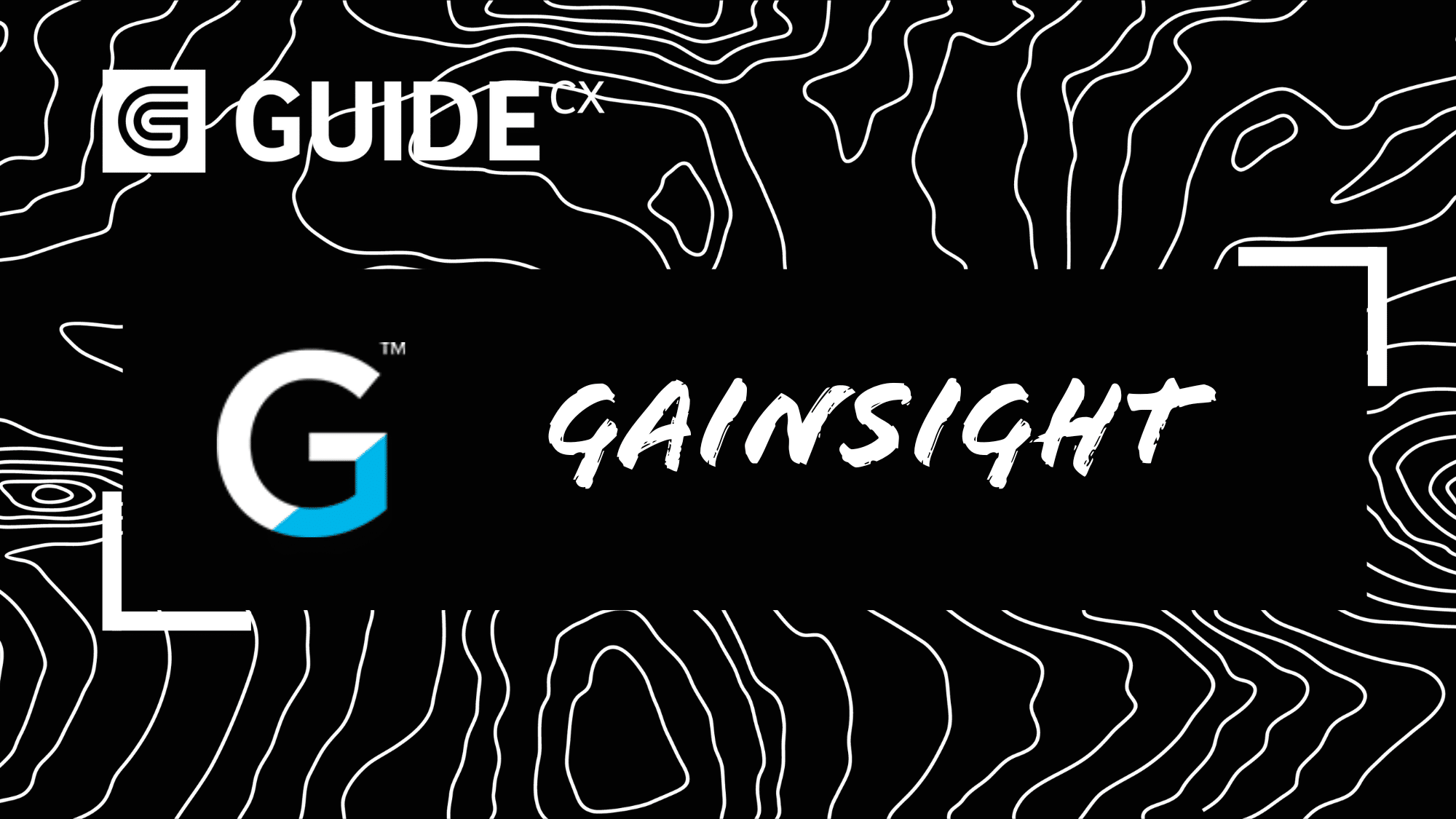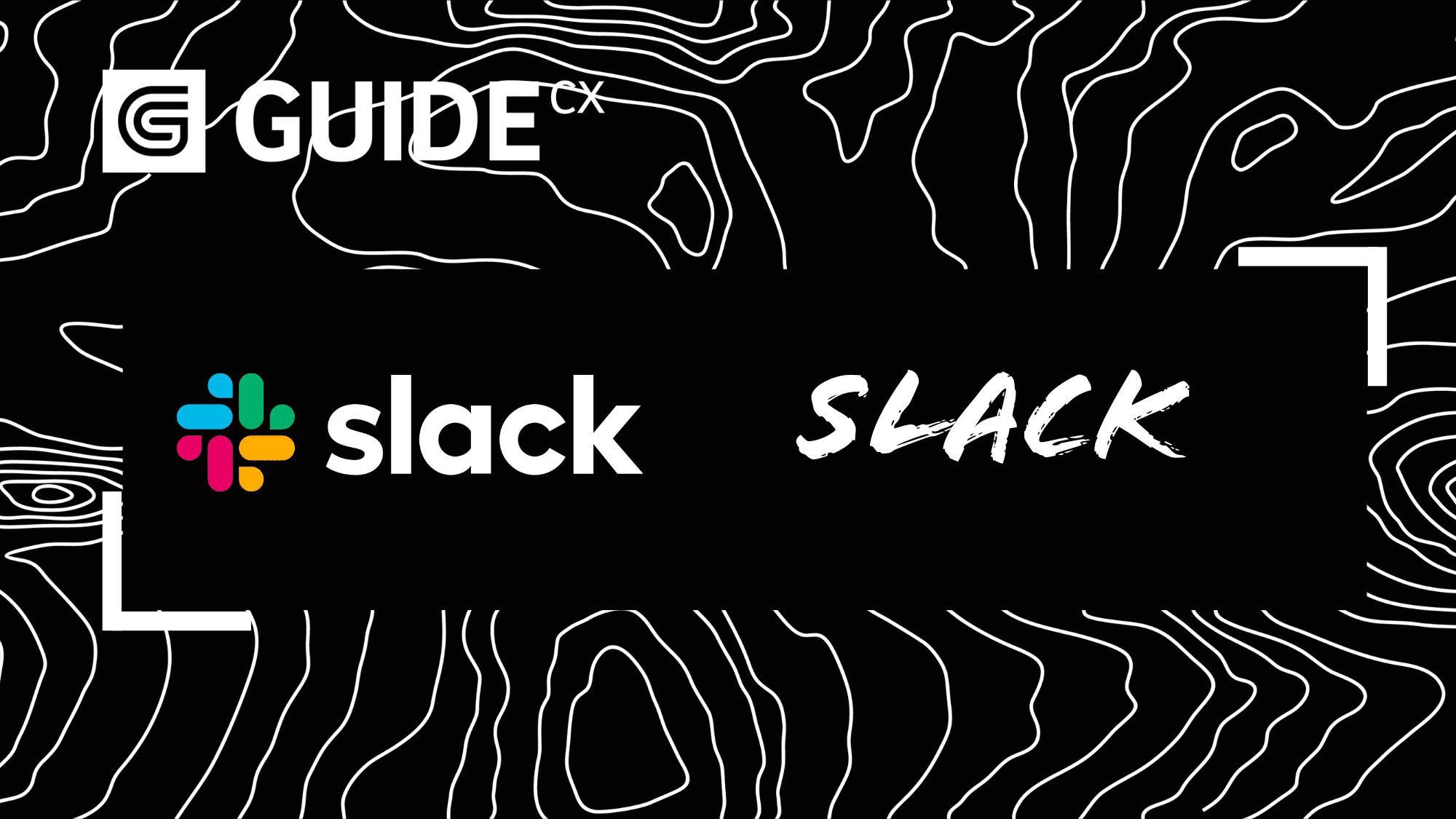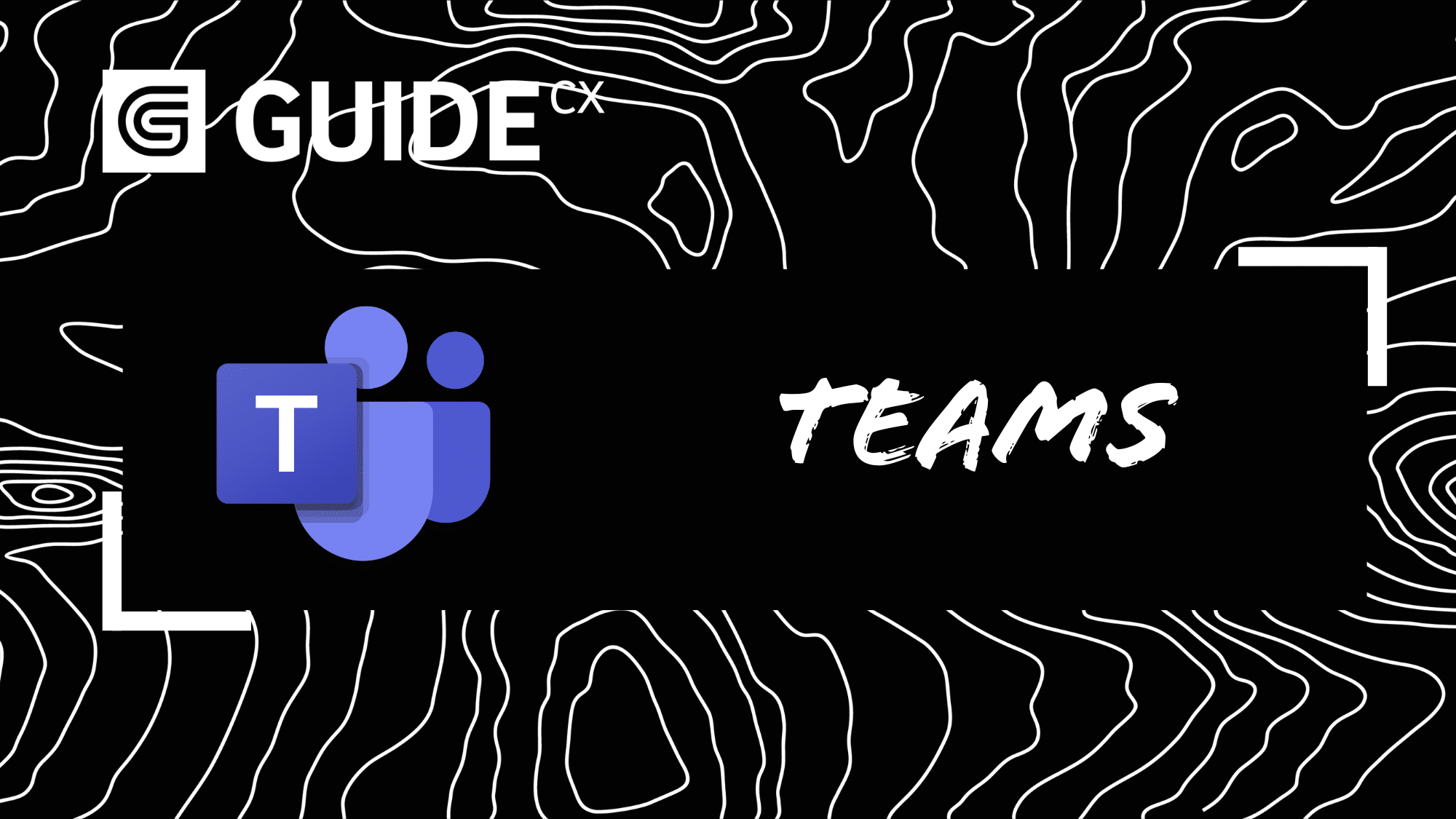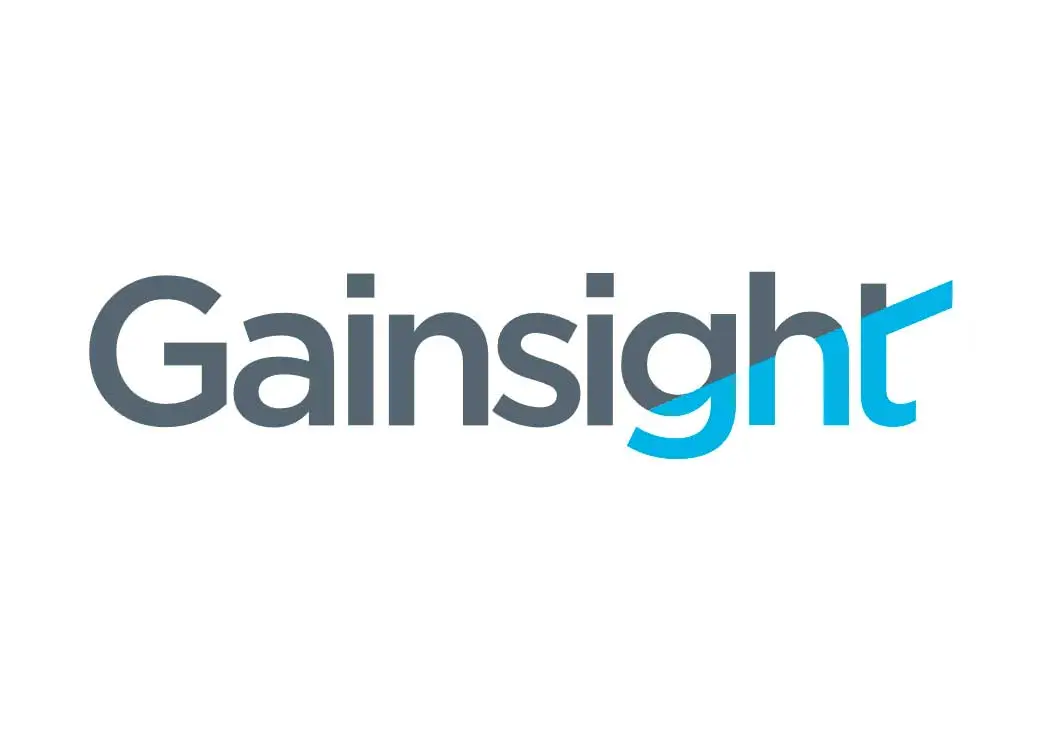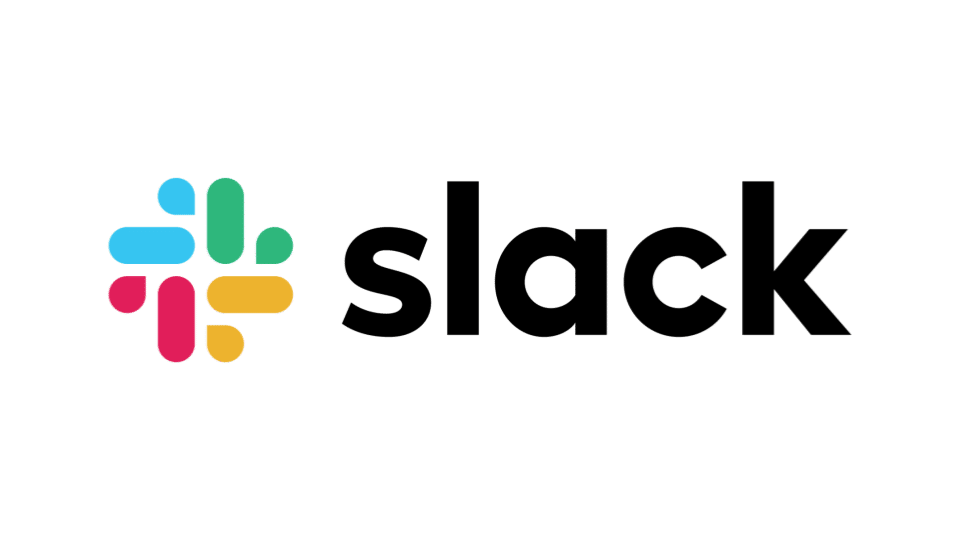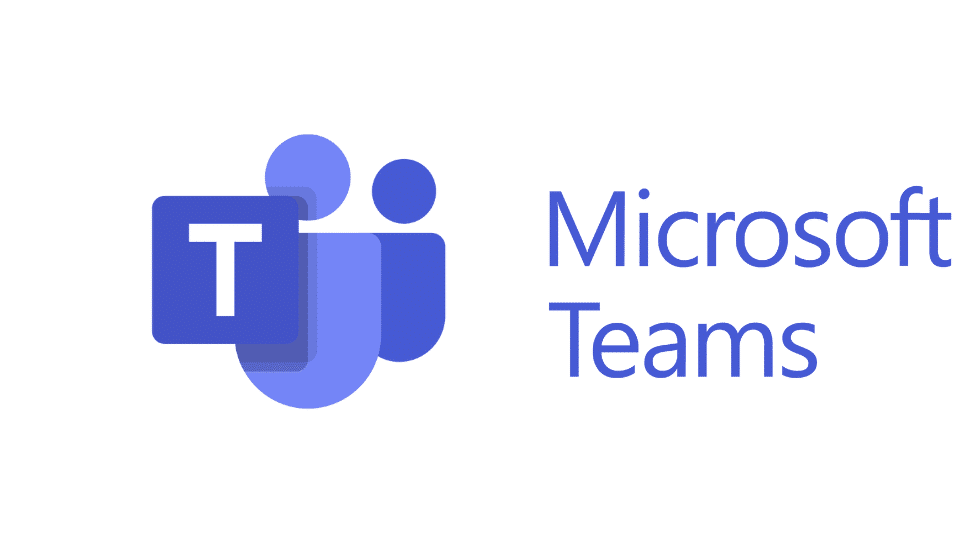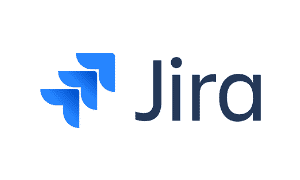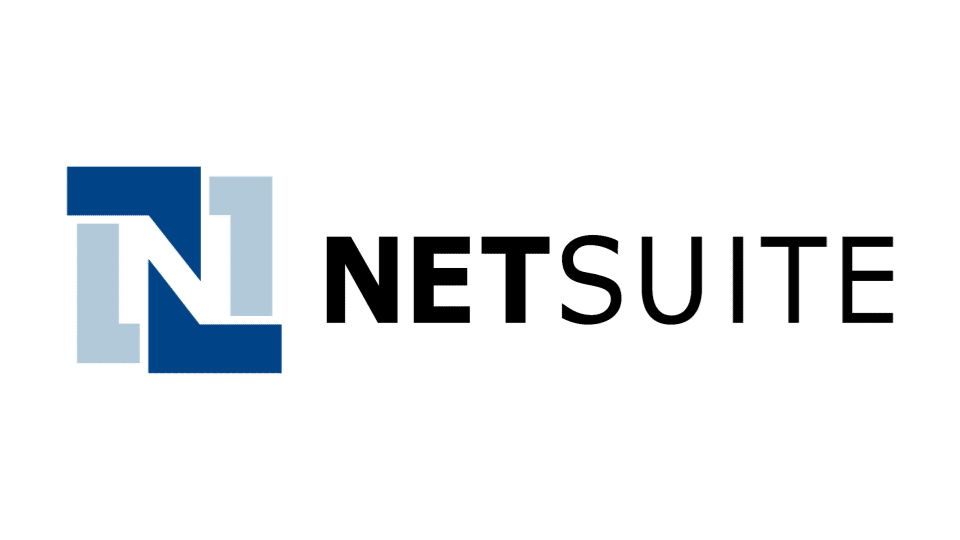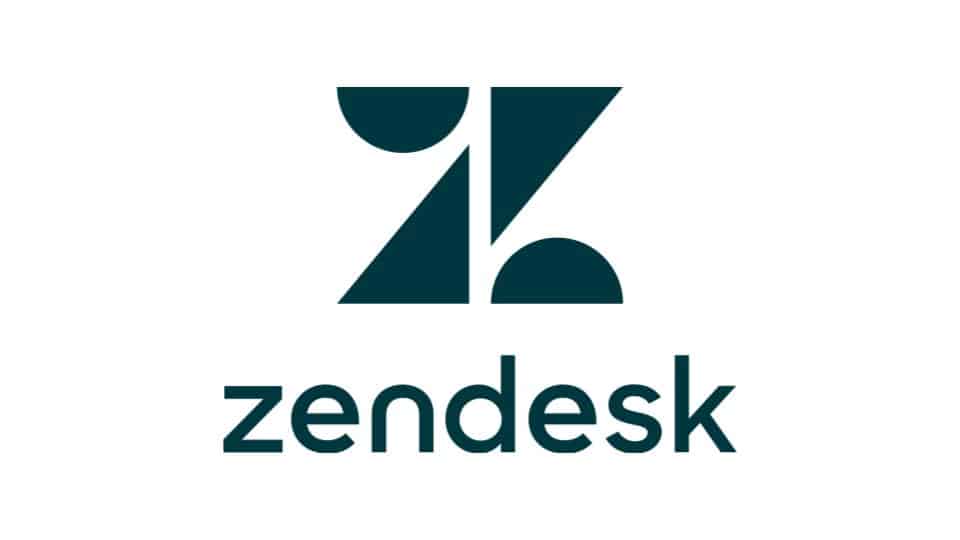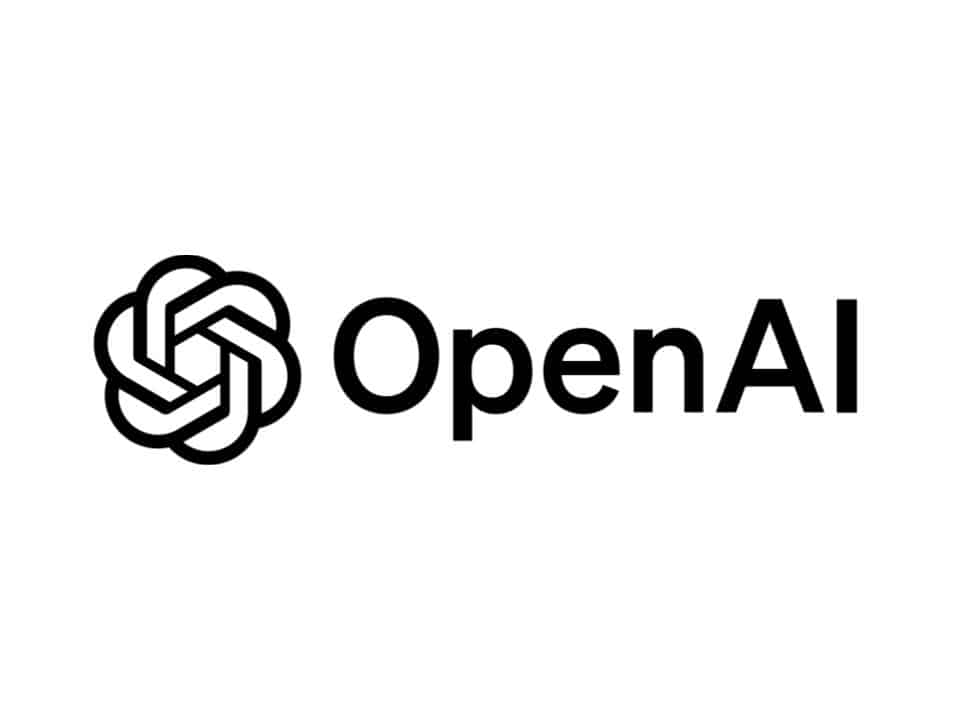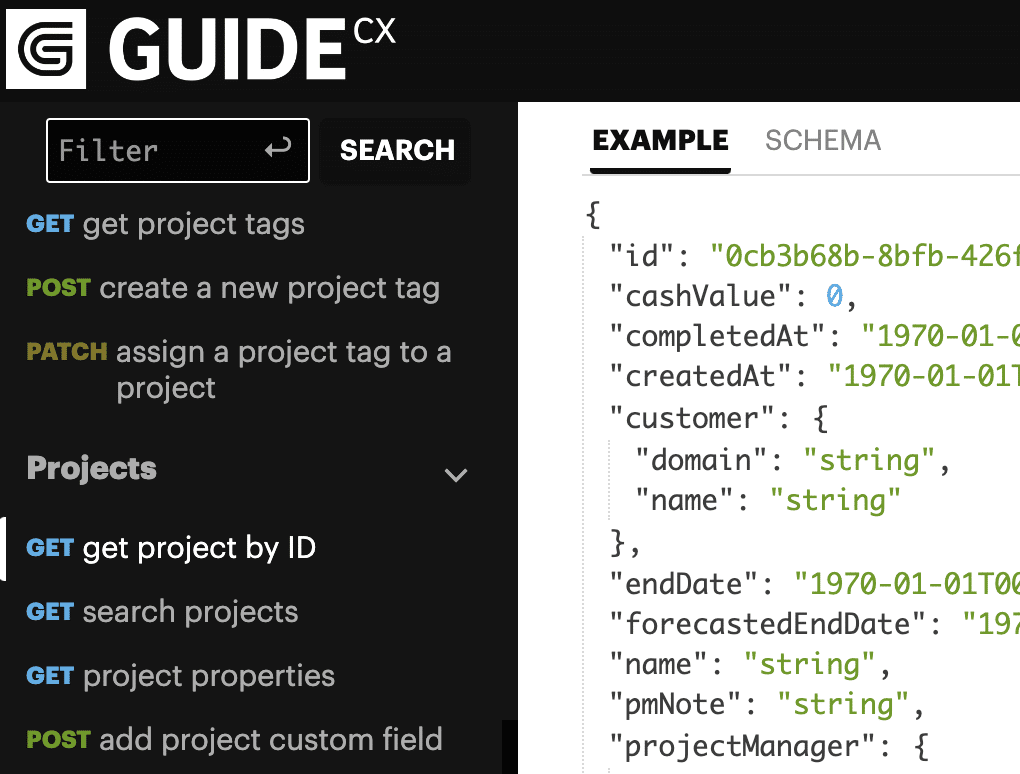Integrations:
We Work, Where You Work
Integrate any of thousands of systems that make your team, customers, and partners most effective and reduce the burden of change management.
Unlock your integration superpower with ✨ Recipe Builder ✨
Integration Marketplace
Build confidence with your new customers
Provide your customer with the best first impression by streamlining the hand-off between your sales process and onboarding. Automatically kick off a project that includes the key players, services purchased, and essential data that will keep your implementation teams informed. As the project progresses, keep your sales teams informed on the status, milestones, and opportunities for growth.
Start your customer journey on the right foot.
Retain and grow your customers with visibility for customer success managers (CSMs) and a clean hand-off to post-onboarding activities. Continue to collaborate between teams for critical growth and account health efforts.
Seamlessly collaborate with teams and customers.
Work how, when, and where you and your customers want with streamlined integrations to communication tools and platforms.
Manage tasks between teams and environments.
Help your teams and customers work in the processes and context they’ve already adopted through automated coordination between task management systems.
Keep your onboarding and billing aligned.
Launch projects based on financial system criteria and share completion information with the finance system in order to initiate billing and revenue recognition.
Coordinate onboarding and support efforts.
Align onboarding and support teams during the implementation phase of your customer journey to keep your teams coordinated and customers happy.
Extend and innovate your onboarding.
Leverage additional tools and services to take your onboarding to new levels that streamline the customer experience while making your teams more efficient.

Developer Tools
Open API
With access to developer resources, you can create a custom integration with the GUIDEcx Open API based on the Open API specification. This allows you to tailor the experience for your business needs, avoiding any potential disadvantages of native integration.
An open API (application programming interface) is how you can expand your tech stack. The possibilities are endless.
Open APIs are easy to implement (if you know how) and cost-effective. Greater functionality for less money. Isn’t that the dream?

Interested in Partnering with GUIDEcx?
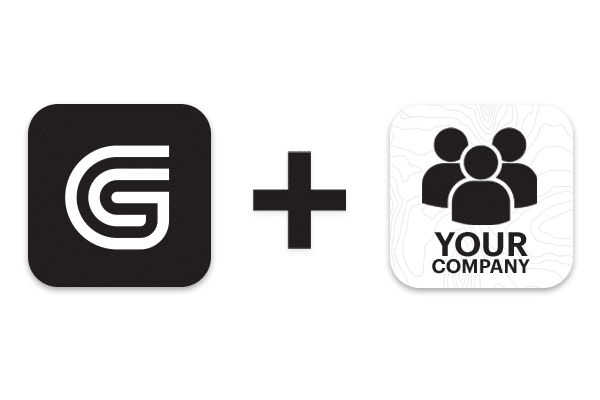
We are always looking to partner with our capable and innovative technologies. Contact us today to learn more about having your software integrated with GUIDEcx.
Talk With a Guide Today
Discover how GUIDEcx can help you improve efficiency by reducing your customer onboarding timeline and increasing the capacity of your project managers. Our unparalleled professional resources and unwavering commitment to excellence support our industry-leading customer onboarding solution.

